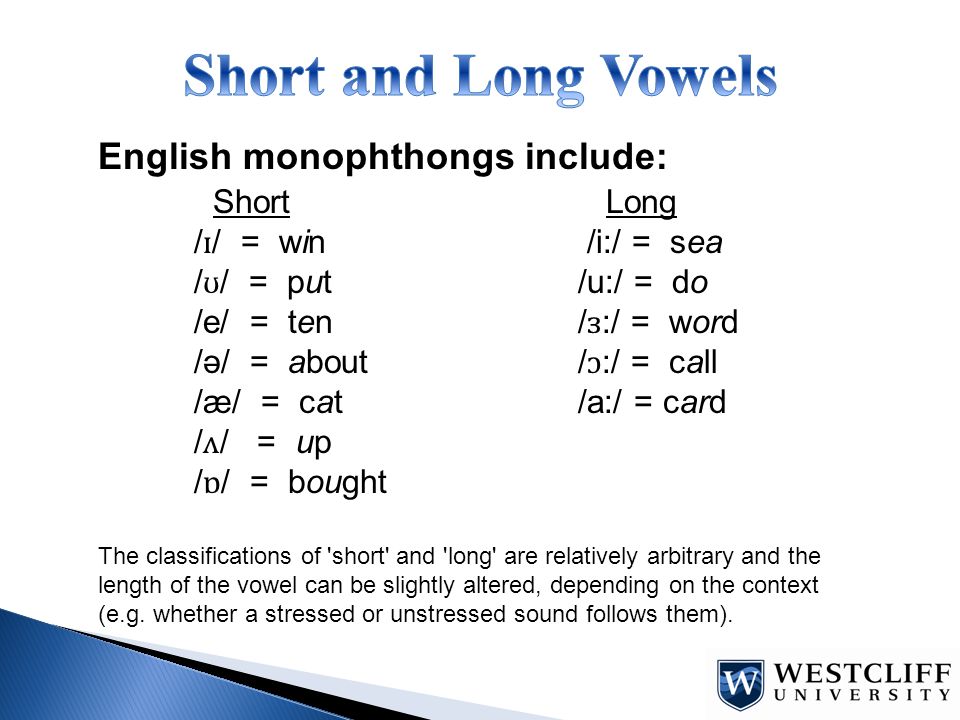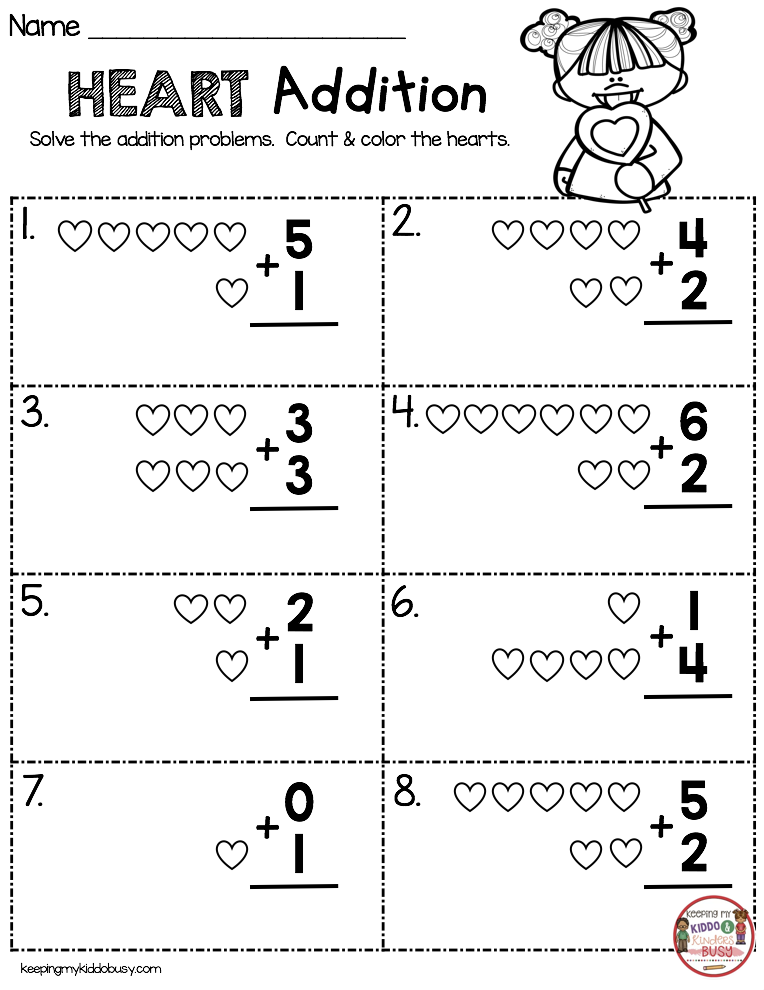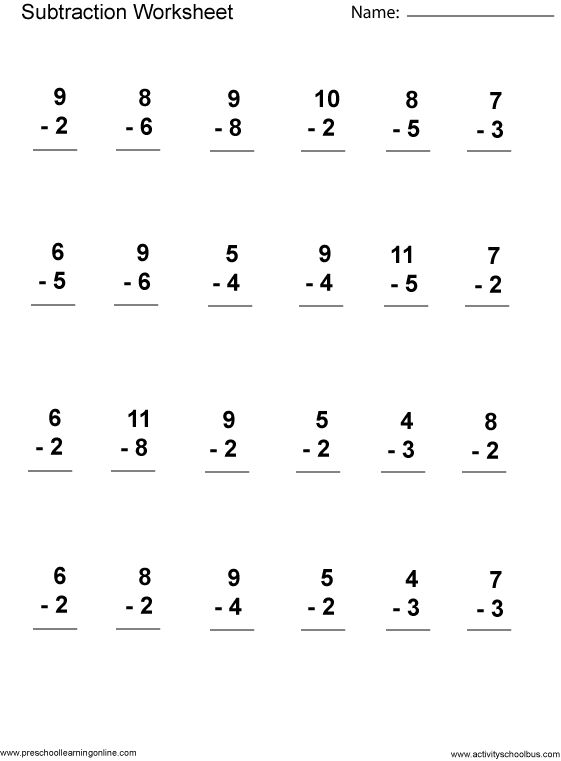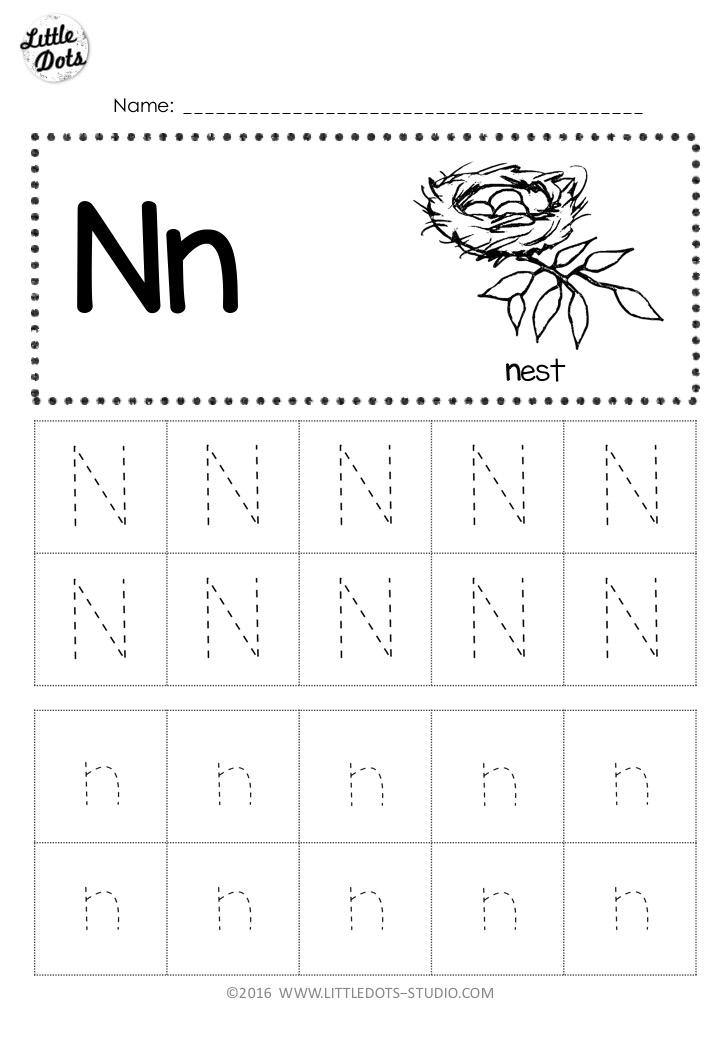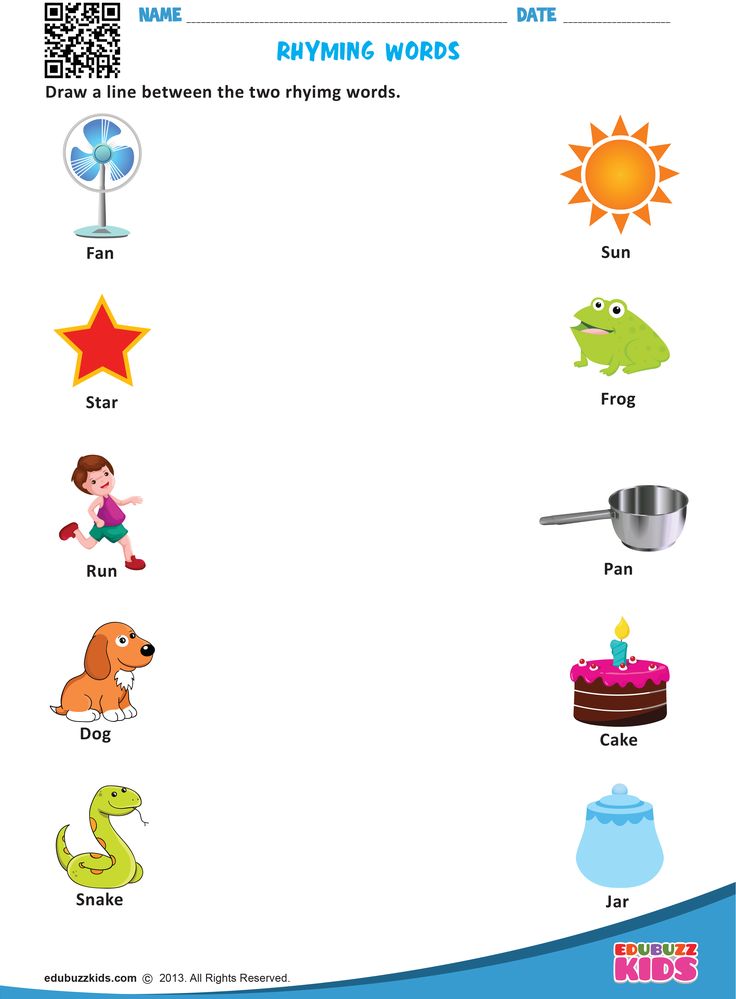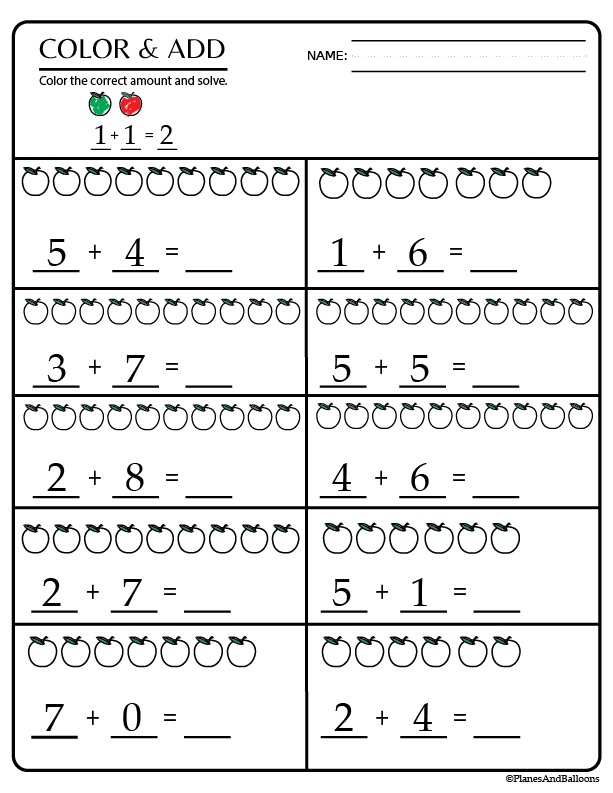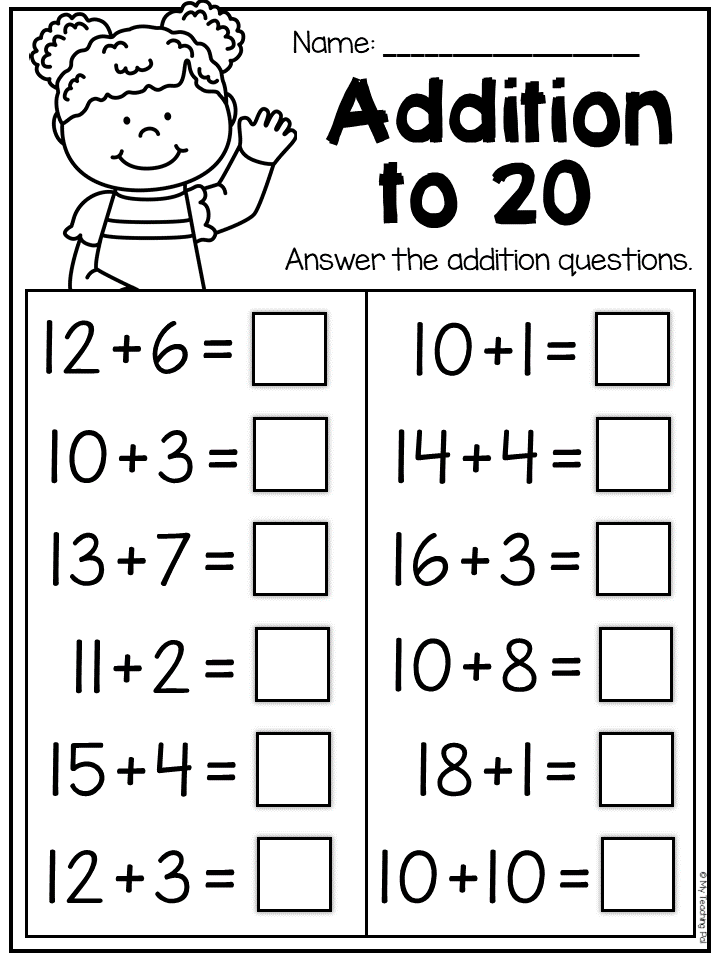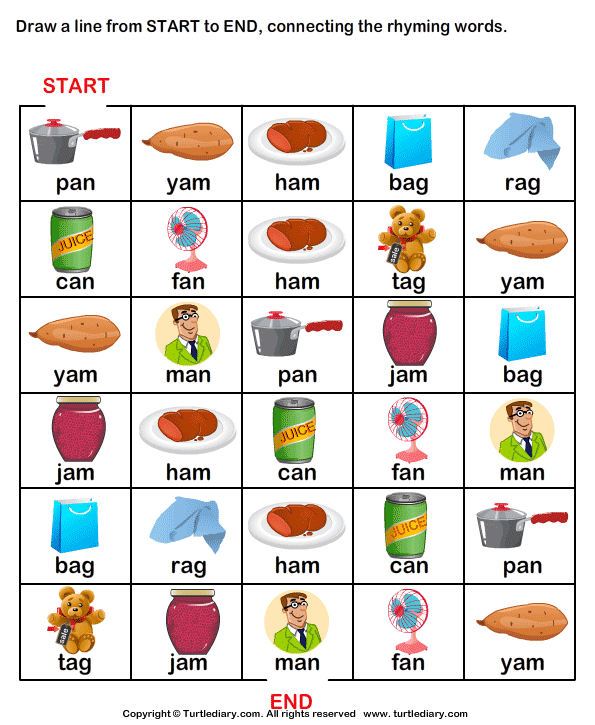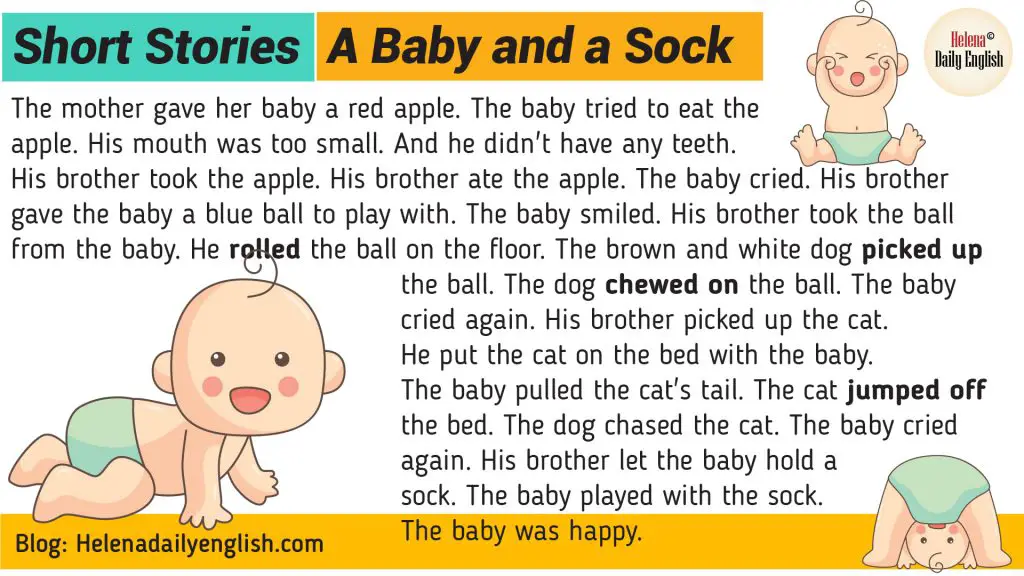Short and long vowel practice
Long and Short A Vowel Sounds Worksheets
Vowels are speech sounds that are made by our vocal bands. They also happen to be five / twenty-sixth of our alphabet. Depending on how a vowel sound is stressed within a word determines the classification of a vowel. There are two standard classifications. Long vowels are vowels that sound the same as the letter that they represent. For example, in the word "bake", the vowel a is said the same exact way as you say it when reciting the alphabet for your teacher. Short vowels do not have the same sound within a word as they do within the alphabet. For example, the vowel a in the word "apple". If you look at the entire language short vowels are much more common. The best way to identify the use of a long and short a vowel is to say the word aloud to yourself and ask yourself if the vowel sound is the same as the name of the vowel. If the vowel (in this case "a") says it's name, it is consider a long vowel. Such as in the word "take". If the vowel does not do that and make another sound, it's considered a short vowel.
Many people don't understand the importance of understanding long and short vowels. It becomes a very valuable skill once you start to encountering higher level vocabulary words. The most common long a words are: baby, lady, paper, bake, rake and lane. The most common short a words are: dad, hat, man, sat, fan and lane.
Get Free Worksheets In Your Inbox!
Click the buttons to print each worksheet and associated answer key.
Circle the objects that have a long A (ā) sound. Then write the word under the picture.
Circle the indicated words. It's best to sound all of them out aloud.
Color the words RED if they have words that give off the same tone and pitch as the letter itself. Color the Short a words BLUE. Color all other words GREEN.
Complete each sentence with a Long A word from the word box. This is a two part activity.
Circle the word in each pair that has the long a sound.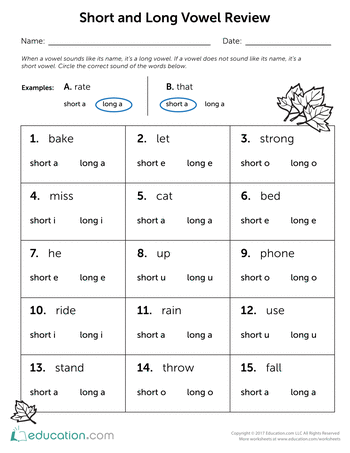 Write that word on the line. Say the name of each picture. If it has a Long A sound, draw a line to connect the picture to the Long A.
Write that word on the line. Say the name of each picture. If it has a Long A sound, draw a line to connect the picture to the Long A.
Say the name of the picture. Circle the word in the stream of letters.
Underline the Long A words in the story and write them on the lines. Only write each word once. The story: Jane was going on vacation. She was very excited, because she was going to travel on a plane.
Cut out the pictures. Glue them next to the correct long a words.
Say the name of each picture. If it has a short a sound, draw a line to connect the picture to the it. Can you think of two things whose name contains the short a sound? Draw a picture of each thing. Then write its name on the line.
Read each word. Does it have a long (ā) sound, or a short (ă) sound? Color in the circle next to the correct sound.
Read each word. Then add an e. Read the new word and write it on the line.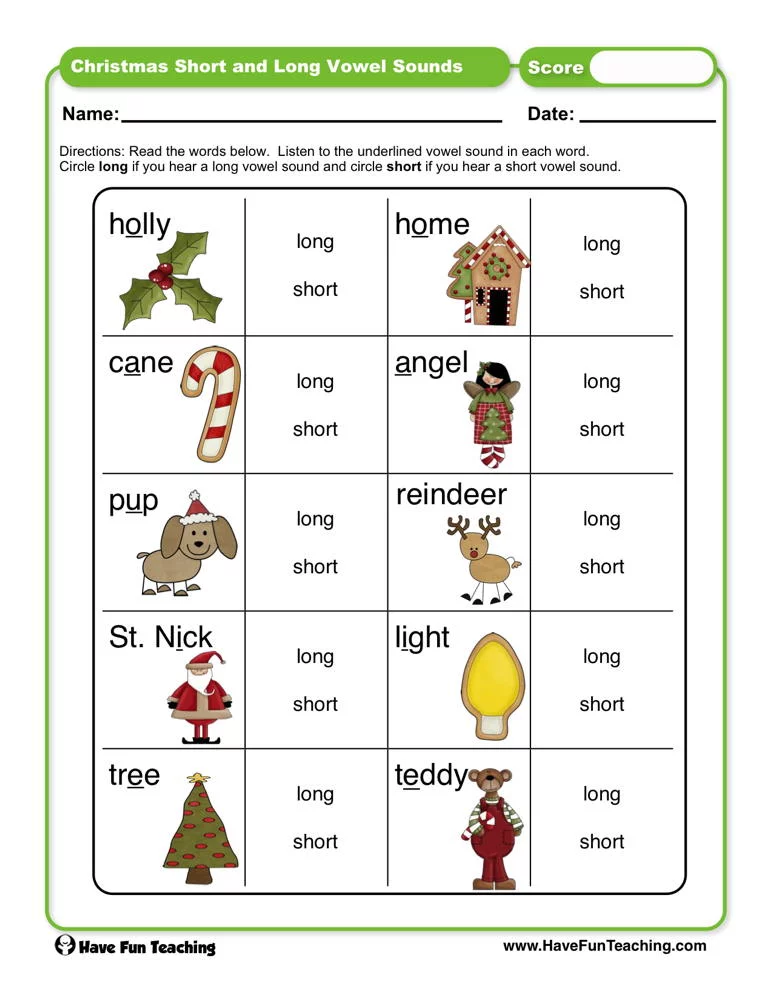
Read each word. Then draw a picture of it.
Draw a line to match each picture to the correct word.
Name each picture. Spell its name on the line.
Circle the word in each set that starts with a short a (ă) sound and the word that just contains it as well.
What is the Difference Between Long and Short Vowels?
The English language is full of complexities. The more you seem to know it, the less you do. Several components combine to make a sentence. One of the critical parts of the English alphabet is vowels. Out of the total twenty-six alphabet letters, only five are vowels. However, all of these are commonly used in our daily conversations. Today, we will examine the key differences between long vowels and short vowels. Before we get started, let's look at the definition first.
What Are Vowels?
The five letters of the English alphabet, A, E, I, O, and U, are known as vowels.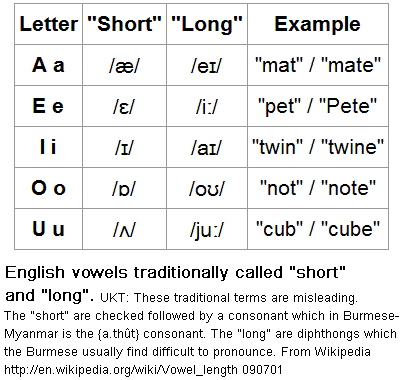 These are the letters that we can pronounce with open mouths. All these letters have everyday use in many words of the English language. While this may be correct, we can classify them into two types based on their pronunciation and usage.
These are the letters that we can pronounce with open mouths. All these letters have everyday use in many words of the English language. While this may be correct, we can classify them into two types based on their pronunciation and usage.
Long Vowels
Long vowels are those with long pronunciations. The sound of these vowels depends on their positioning in different words. Typically, the sound of these vowels is similar to their alphabetical title. For example, the sound of 'A' in the word "Name" and 'E' in the word "Sheet" is similar to the sound of their titles.
Such vowels are used in open syllables, usually ending with a vowel. If two vowels consecutively arrive between the first and the last letter of any word, the first of the two will have a dominant sound. For example, the sound of 'O' in "Toad" dominates the sound of 'A,' making it a long vowel. Similarly, the sound of 'E' in the word "Beat" dominates the sound of 'A.'
If we talk about the spellings, these vowels may have complicated patterns compared to short vowels.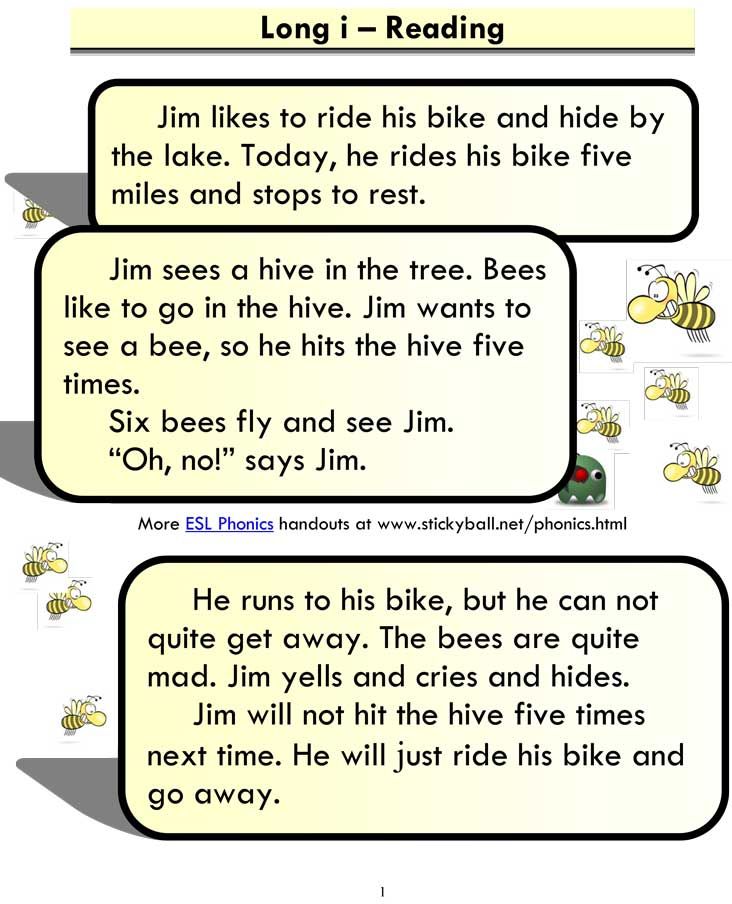 For the words in which a vowel arrives after the first letter and in the last position, the sound of the last one remains silent. However, the dominant sound of the first vowel makes it a long vowel. For example, the sound of 'E' in the word "Take" is silent.
For the words in which a vowel arrives after the first letter and in the last position, the sound of the last one remains silent. However, the dominant sound of the first vowel makes it a long vowel. For example, the sound of 'E' in the word "Take" is silent.
Short Vowels
Short vowels refer to those vowels with shorter pronunciations. Like long vowels, the sound of these vowels also depends on their position in any word. The sounds of these may not be similar to their alphabetical names. For example, the sound of 'A' in the word "Hat" and 'E' in the word "Beg" are not similar to their alphabetical names.
Since short vowels have a shorter pronunciation, you can easily pronounce them without stressing your jaws. However, this may not entirely be true. There are a few exceptions when you may need to stress your tongue to pronounce them. For example, the first 'O' in the word "Potato" demands more stress in pronunciation compared to the last 'O.
Unlike long vowels, short vowels are primarily present in closed syllables.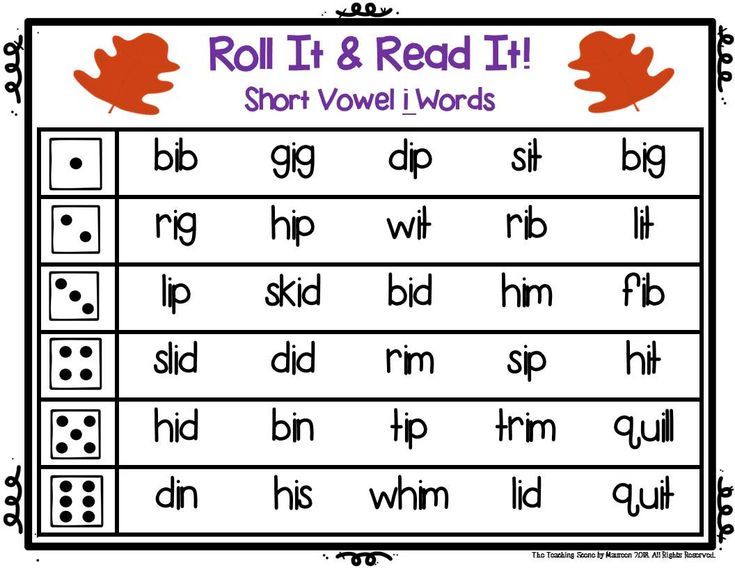 This is one of the reasons that these vowels do not demand stress in pronunciation in most cases. In some instances, you may also find these at the initial position of a word. For example, "Egg," "At," etc.
This is one of the reasons that these vowels do not demand stress in pronunciation in most cases. In some instances, you may also find these at the initial position of a word. For example, "Egg," "At," etc.
Summing Up
The key differences between the two types of vowels highlighted above can help you identify the use of each in different syllables. Minor differences can change the sounds of different words used in our daily conversations.
It is worth remembering that most of the differences lie based on the positioning of vowels. Keeping these factors in view allows you to differentiate between differently sounding words using the same vowels. If you want to look into more examples, you can conduct online research to find complex syllable structures.
English pronunciation practice. The long & short vowels
Like many languages, English has short and long vowels. Compare these five sets of words:
- ant – aunt
- ten – turn
- fill – feel
- fault – fought
- foot – food
In this lesson, I’m going to show you how to distinguish those ten vowel sounds, and how to produce them.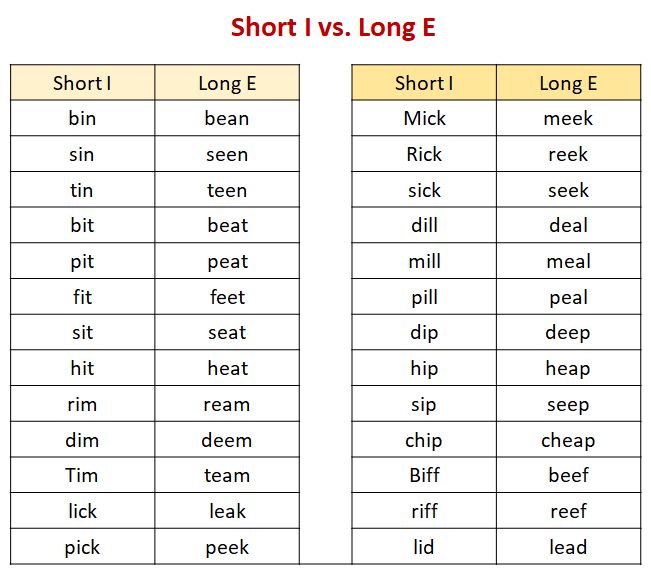
In many languages, the only difference between a short and a long vowel is their length. Other than that, the two sounds are produced with the same lip shape and tongue position. But that’s not the case in English.
In English, all short and long vowels are different sounds produced with different lip shapes and different tongue positions.
For example, the vowels in: “ant – aunt” are NOT a short and long version of the same sound. Instead, they’re two different sounds. Their lip shapes and tongue positions are not the same.
(Note: you can find all the images in this post, plus many more, in my English pronunciation course.)
And that’s also the case with:
- ten – turn
- fill – feel
- fault – fought
- foot – food
Those ten words have ten different vowel sounds, all of them produced with different lip shapes and different tongue positions. Those ten sounds are: /æ/ /a:/ /e/ /ɜ:/ /ɪ/ /i:/ /ɒ/ /ɔ:/ /ʊ/ /u:/
Let’s have a look at them in pairs.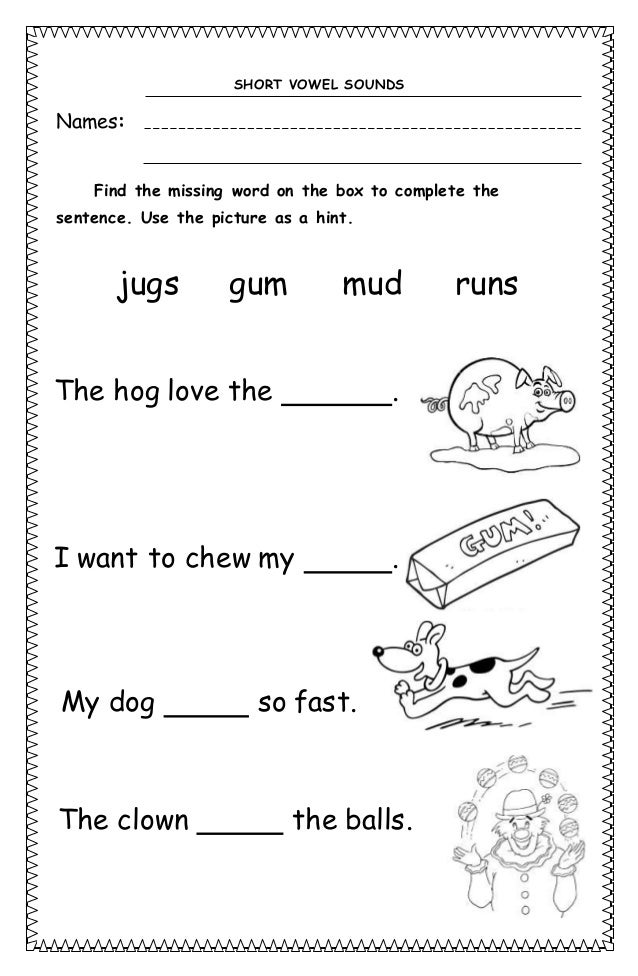
Play Maria’s
free English pronunciation lesson
Pair number 1 – /æ/ /a:/
/æ/ is a short sound. To produce it, the tongue must be fairly low and raising slightly: /æ/
This is the sound in words like: hat, cat, man.
The other sound in this pair is: /a:/
/a:/ is a long sound. To produce it, the tongue must be fairly low and flat: /a:/
This is the sound in words like: arm, pass, drama.
Let’s compare these two sounds: /æ/ /a:/
The tongue positions for these two sounds are very similar. The main difference is that the middle part is slightly higher in the shorter sound.
But the lip shapes are quite different.
In /a:/, the long sound, the lips are more round.
To practise saying these two sounds, I’m going to play you three pairs of words. The first word in each pair has the short sound /æ/, and the second word has the long sound /a:/.
Repeat these six words after the native speaker.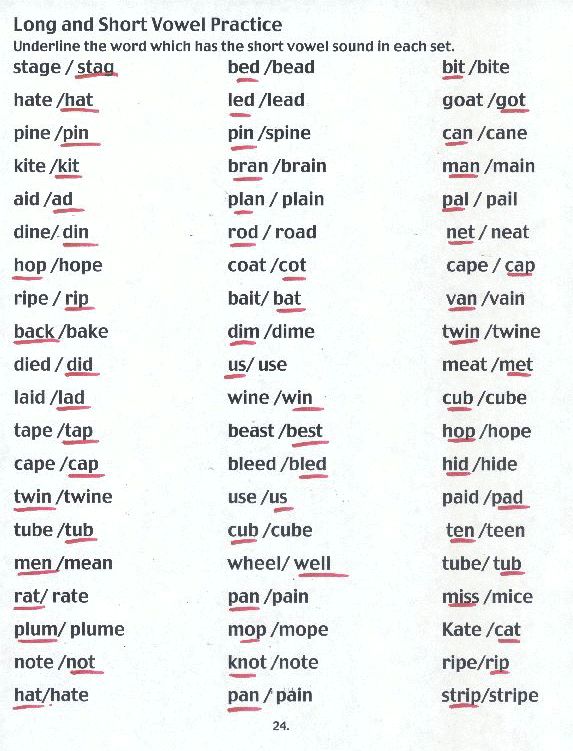 Make sure you say them out loud, as if you were talking to me:
Make sure you say them out loud, as if you were talking to me:
- ant – aunt
- bad – bar
- fat – fast
Say those six words out loud once more.
Pair number 2 – /e/ /ɜ:/
/e/ is a short sound. To produce it, the middle part of the tongue must be halfway up: /e/
This is the sound in words like: set, health, egg.
The other sound in this pair is: /ɜ:/
/ɜ:/ is a long sound. To produce it, the middle part of your tongue must be high: /ɜ:/
This is the sound in words like: turn, learn, work.
Let’s compare these two sounds: /e/ /ɜ:/
In /ɜ:/, the long sound, the tongue is higher and the lips are less spread.
To practise saying these two sounds, I’m going to play you three pairs of words. The first word in each pair has the short sound /e/, and the second word has the long sound /ɜ:/.
Repeat these six words after the native speaker. Make sure you say them out loud, as if you were talking to me:
- ten – turn
- bed – bird
- head heard
Say those six words out loud once more.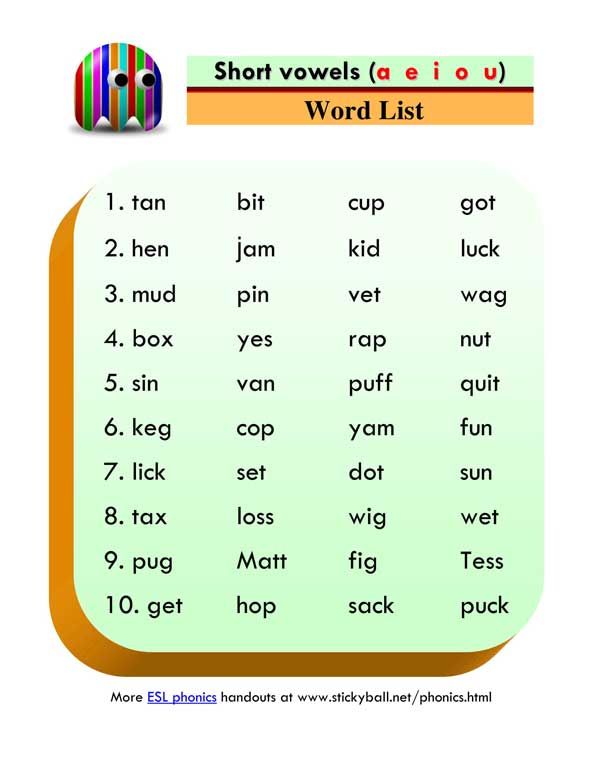
Get Maria’s
English pronunciation course
Pair number 3 – /ɪ/ /i:/
/ɪ/ is a short sound. To produce it, the middle part of the tongue must be high, and the tip behind the parted teeth: /ɪ/
This is the sound in words like: big, image, women.
The other sound in this pair is: /i:/
/i:/ is a long sound. To produce it, the middle part of the tongue must be high, and the tip behind the top front teeth: /i:/
This is the sound in words like: free, legal, police.
Let’s compare these two sounds: /ɪ/ /i:/
In /i:/, the long sound, the tongue is just behind the top front teeth and the lips are more spread.
To practise saying these two sounds, I’m going to play you three pairs of words. The first word in each pair has the short sound /ɪ/, and the second word has the long sound /i:/.
Repeat these six words after the native speaker. Make sure you say them out loud, as if you were talking to me:
- it – eat
- sit – seat
- fill – feel
Say those six words out loud once more.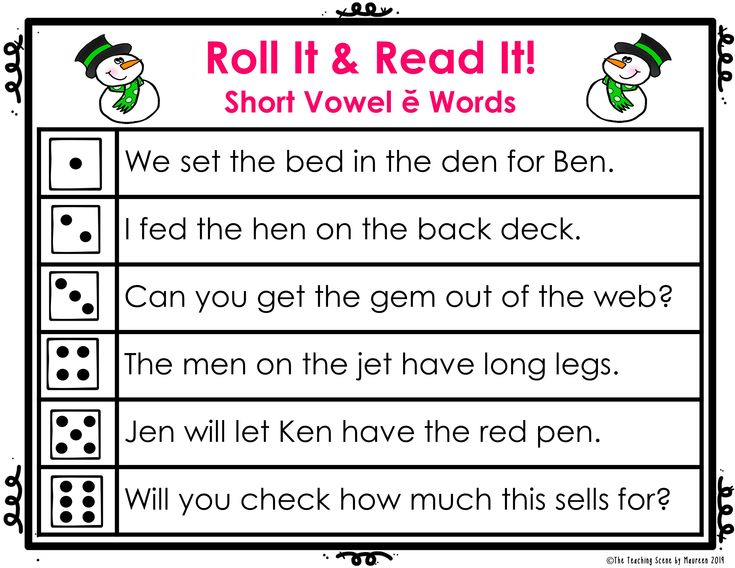
Pair number 4 – /ɒ/ /ɔ:/
/ɒ/ is a short sound. To produce it, the middle part of the tongue must be less than halfway up, while the tip is behind the bottom front teeth and the back is dropping fast: /ɒ/
This is the sound in words like: not, what, because.
The other sound in this pair is: /ɔ:/
/ɔ:/ is a long sound. To produce it, the middle part of the tongue must be more than halfway up, while the tip is behind the bottom front teeth and the back is fairly high: /ɔ:/
This is the sound in words like: saw, store, thought.
Let’s compare these two sounds: /ɒ/ /ɔ:/
In /ɒ/, the short sound, the back of the tongue is lower and the lips are more open.
To practise saying these two sounds, I’m going to play you three pairs of words. The first word in each pair has the short sound /ɒ/, and the second word has the long sound /ɔ:/.
Repeat these six words after the native speaker. Make sure you say them out loud, as if you were talking to me:
- loss – law
- fault – fought
- pot – pause
Say those six words out loud once more.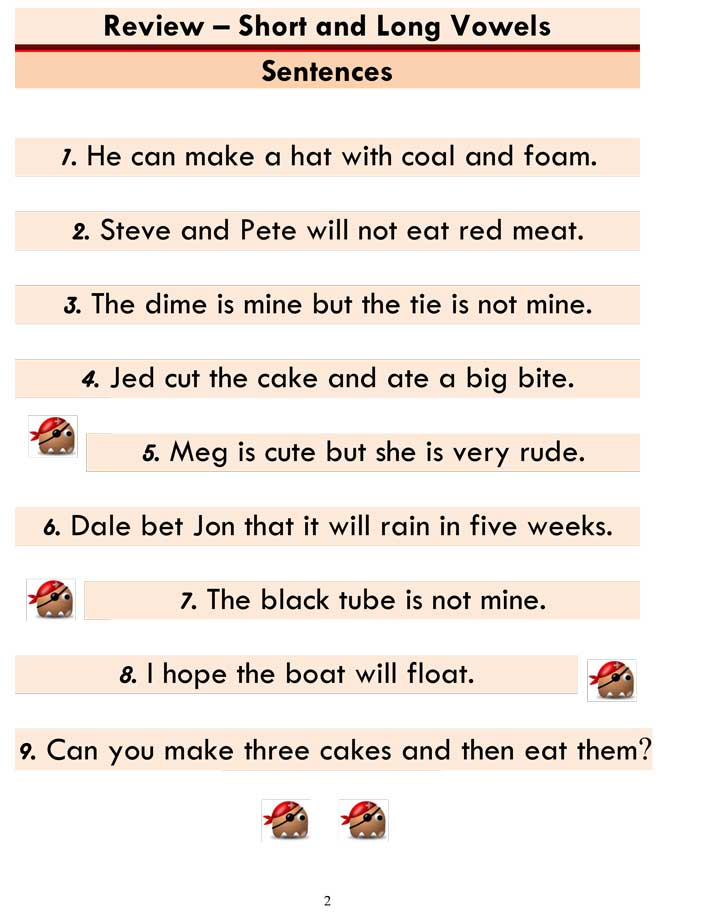
Pair number 5 – /ʊ/ /u:/
/ʊ/ is a short sound. To produce it, the middle part of the tongue must be rising, while the tip is behind the bottom front teeth and the back is fairly high: /ʊ/
This is the sound in words like: put, book, could.
The other sound in this pair is: /u:/
/u:/ is a long sound. To produce it, the middle part of the tongue must be more than halfway up, while the tip is behind the bottom front teeth and the back is high.
This is the sound in words like: soon, few, fruit.
Let’s compare these two sounds: /ʊ/ /u:/
In /u:/, the long sound, the tongue is higher and the lips are more rounded.
To practise saying these two sounds, I’m going to play you three pairs of words. The first word in each pair has the short sound /ʊ/, and the second word has the long sound /u:/.
Repeat these six words after the native speaker. Make sure you say them out loud, as if you were talking to me:
- foot – food
- wood – wound
- pull – pool
Say those six words out loud once more.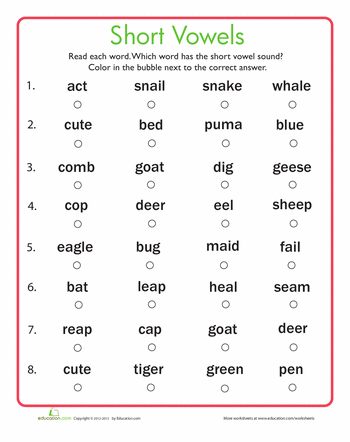
Let’s recap
This is how you say those ten vowel sounds: /æ/, /a:/, /e/, /ɜ:/, /ɪ/, /i:/, /ɒ/, /ɔ:/, /ʊ/, /u:/
Listening exercise
Let’s practise distinguishing those vowel sounds. We’re now going to do an exercise with ten questions.
I’m going to play ten words. Can you tell me whether they have a short or a long vowel sound? I’ll play each word twice, and I’ll give you the answer after you tell me.
Note: you can find all these flashcards, and hundreds more, in my English pronunciation course.
/kɑːm/
long
/fɒls/
short
/flɔː/
long
/dʒuːn/
long
/plæn/
short
/sez/
short
/sɪns/
short
/θiːm/
long
/wʊlf/
short
/wɜːk/
long
Learn the 45 British English sounds
with Maria’s pronunciation course
How did you get on with this exercise?
One of the most effective ways to learn English fast is to repeat an exercise you’ve just done.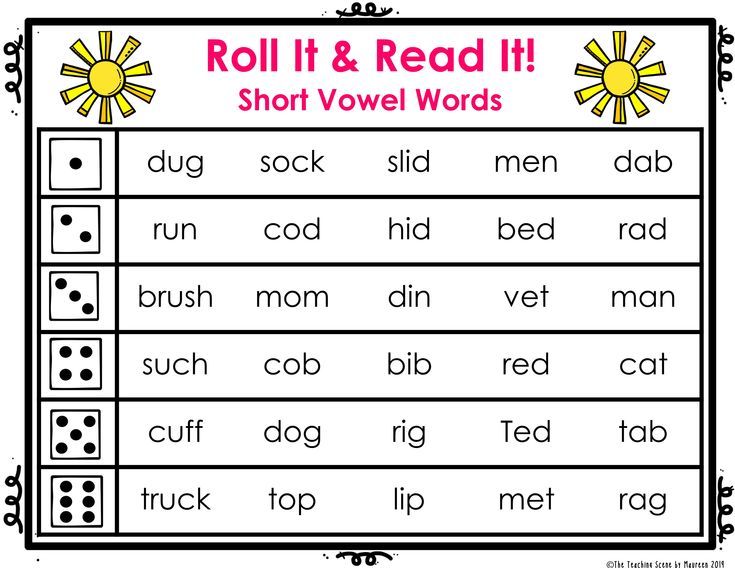 Far from wasting your time, you’ll quickly reinforce what you’ve learned.
Far from wasting your time, you’ll quickly reinforce what you’ve learned.
Let’s do this exercise again. I’m going to give you the same ten words, but in a different order. Here they are:
/sez/
short
/dʒuːn/
long
/kɑːm/
long
/θiːm/
long
/fɒls/
short
/flɔː/
long
/wɜːk/
long
/plæn/
short
/sɪns/
short
/wʊlf/
short
Get Maria’s
English pronunciation course
Pronunciation of long and short English vowels
If there is the most terrible beast in English phonetics, then for the vast majority of us it is English vowel sounds, or rather their duration. The main reason long and short vowels in English give us so much trouble is simple - we don't understand them. We do not understand how to pronounce them correctly and how to confidently distinguish them in speech. We can be understood, because the duration of the sound is a subjective thing.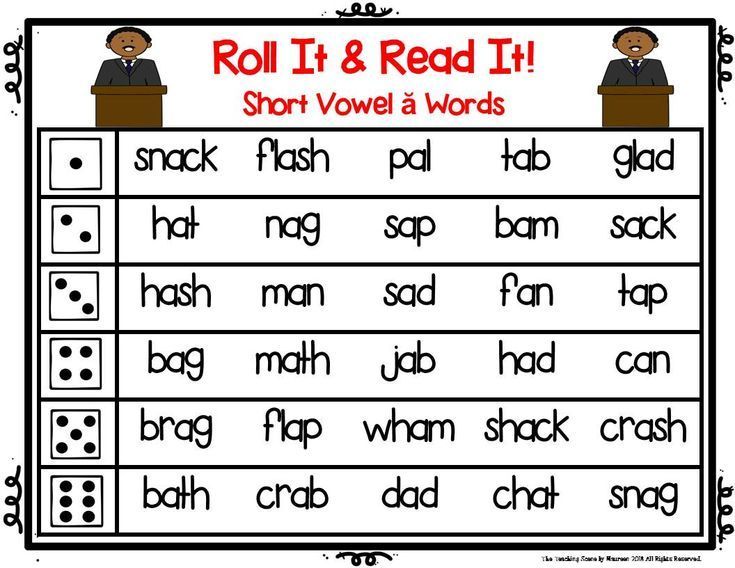 Do not measure it with a stopwatch! Do the British themselves rely solely on the duration of the sound? Of course not! nine0003
Do not measure it with a stopwatch! Do the British themselves rely solely on the duration of the sound? Of course not! nine0003
Struggling for quality
First, all English vowels differ qualitatively. For a beginner, this difference may not be obvious, however, the more clearly you remember this fact, the faster you will learn to determine this qualitative difference. Pay attention to the transcription of short [ɪ] and long [iː] English "and". Yes, a colon is added to the long sound, but the main character is not the same - precisely in order to reflect the difference in the quality of the sound, and not just in its longitude. Here, however, there are several unpleasant nuances at once. nine0003
First, a lot depends on transcription. There are several systems of phonetic transcription. Here we are talking about IPA (International Phonetic Alphabet), the most authoritative system in the world and generally accepted in Russia. But even in the IPA, for the time being, both long and short English "and" - more precisely, their basis - were denoted by the same symbol.
Secondly, the degree of this qualitative difference itself varies greatly for different vowel pairs. For example, if the long "a" in "cart" is radically different from both "cut" and "cat" and "cot", then the difference between "pool" and "pull" is not so pronounced. nine0003
Thirdly, regional accents further confuse the situation (and there are hundreds of them in England alone). The Scots, for example, distinguish between "pool" and "pull" solely by context, that is, even the length of the sound they have in this pair is the same.
A look through the looking-glass: lax and tense
And what to do now? Look at the problem from the other side, from English! To be fair, the English also sometimes refer to their vowels as long and short. However, in more or less academic sources, vowels are divided not into long-short ones, but into "lax" and "tense", i.e. relaxed and tense. Now we will figure out what in this case relaxes and tenses. nine0003
Keep in mind that if you pronounce long and short vowels correctly, it will be much easier for you to distinguish them by ear. Now, the main reason for the problems and misunderstanding of English vowels is that we think of them as long and short. But how else to think about them, if they are long and short, you ask. “They told us about it at school,” right? Strictly speaking, the duration of "long" vowels can vary widely, so that even the term itself is not entirely accurate. Much worse, however, is that we are trying to artificially lengthen or shorten these vowels. And folk wisdom says: if you have to imitate, then something is wrong. nine0003
Now, the main reason for the problems and misunderstanding of English vowels is that we think of them as long and short. But how else to think about them, if they are long and short, you ask. “They told us about it at school,” right? Strictly speaking, the duration of "long" vowels can vary widely, so that even the term itself is not entirely accurate. Much worse, however, is that we are trying to artificially lengthen or shorten these vowels. And folk wisdom says: if you have to imitate, then something is wrong. nine0003
Bubbles and colors
We have already noted that the correct position of the tongue often automatically leads to the correct pronunciation. Developing this thought, the length or brevity of the vowel is an effect, not a cause.
So, the first thing to do is to bring the tongue into the correct position. The analogy with a hot potato in your mouth is appropriate, just place the potato not on the tip of the tongue, but closer to the root. Let me remind you that as much as this situation is unusual for us, it is just as natural for the British.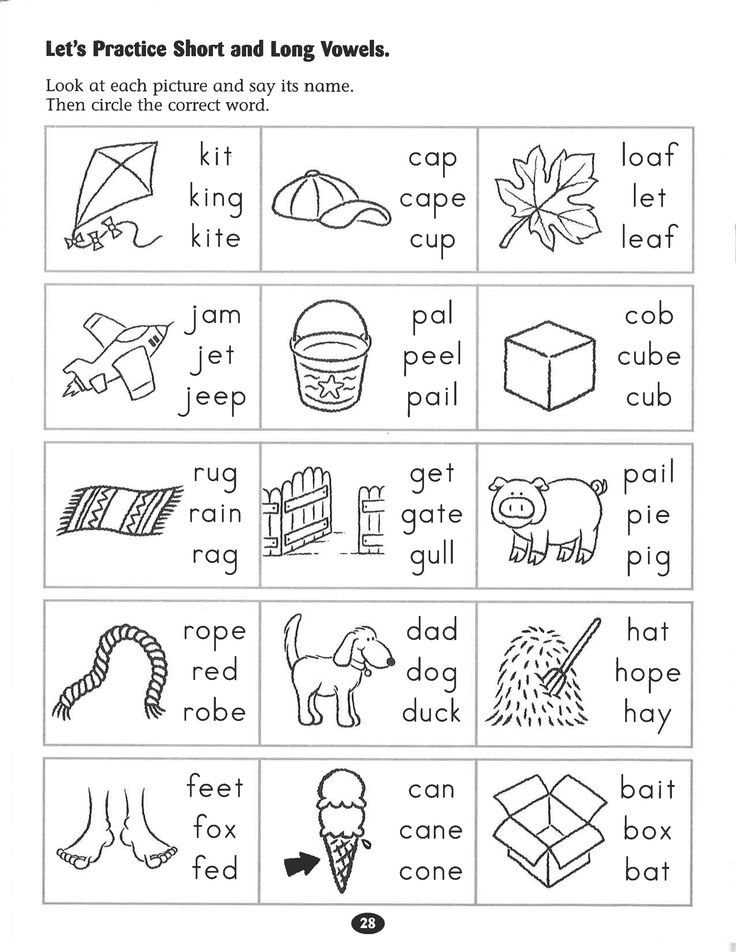 That is, the tongue should be relaxed in this position (remembered about "lax"). Now imagine a bubble rising from the bottom of the lake. The sound made by the bursting bubble is as short as possible - bang! - as soon as it touches the surface of the water, the pressure inside the bubble instantly dissipates. Short vowels are pronounced similarly - put, book, cut, bit, etc. To maintain the sound of such a vowel, no additional effort is applied - this is "lax". nine0003
That is, the tongue should be relaxed in this position (remembered about "lax"). Now imagine a bubble rising from the bottom of the lake. The sound made by the bursting bubble is as short as possible - bang! - as soon as it touches the surface of the water, the pressure inside the bubble instantly dissipates. Short vowels are pronounced similarly - put, book, cut, bit, etc. To maintain the sound of such a vowel, no additional effort is applied - this is "lax". nine0003
When pronouncing long vowels - on the contrary - air pressure on the ligaments maintains the sound for some time. In this case, at the root of the tongue you will feel a slight tension. These two moments are "tense". Thanks to them, the sound acquires a noticeably more pronounced character than that of short vowels. You can compare this to the color saturation of paints - "tense" colors are bright and saturated, while "lax" colors are closer to shades of gray.
Whoever seeks is always
Work on pronunciation is a search. We try to repeat what we hear this way and that, until one day we suddenly understand how this or that sound is actually pronounced and, most importantly, why. And so many times. Here I have offered you a little hint. Armed with it, start paying attention to how English vowels are pronounced by native speakers themselves, and be sure to try to repeat after them. And if you have any questions feel free to ask them in the comments. You can also subscribe to our English Pronunciation Course for free, which will greatly speed up your progress. nine0003
We try to repeat what we hear this way and that, until one day we suddenly understand how this or that sound is actually pronounced and, most importantly, why. And so many times. Here I have offered you a little hint. Armed with it, start paying attention to how English vowels are pronounced by native speakers themselves, and be sure to try to repeat after them. And if you have any questions feel free to ask them in the comments. You can also subscribe to our English Pronunciation Course for free, which will greatly speed up your progress. nine0003
Long and short vowels in English
Longitude is one of the characteristics of a vowel sound, which shows the relative duration of its sound compared to other sounds.
Longitude can be positional and phonemic. In the first case, the duration of the vowel depends on the position in the word and stress, while this characteristic does not affect the meaning. The phonemic length of a vowel has a semantic function, that is, depending on the length of the sound, the meaning of the word changes.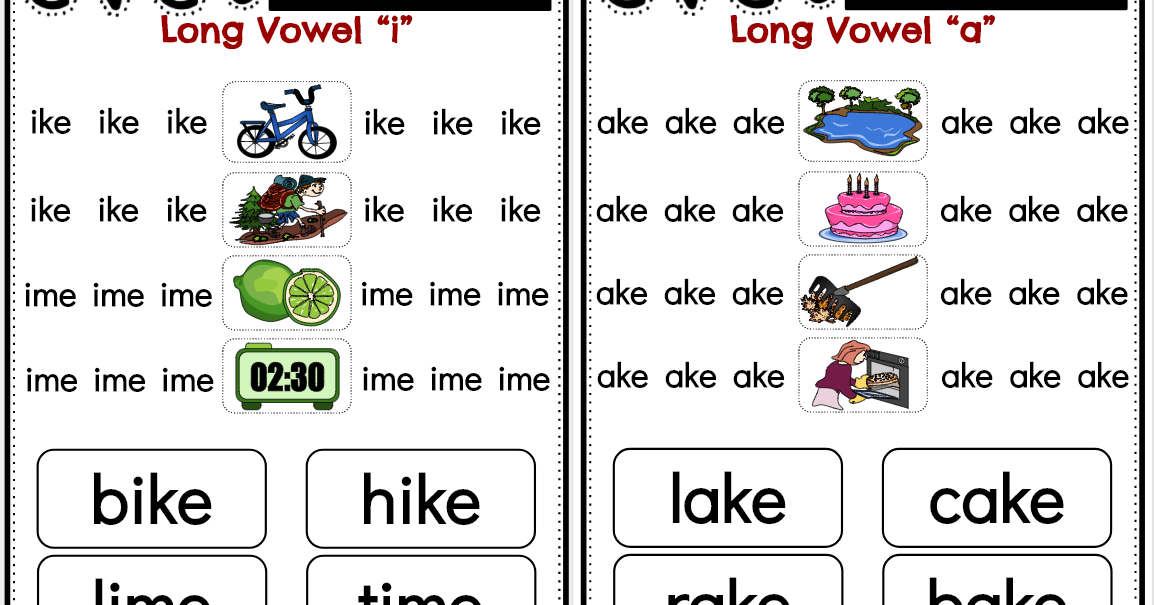 nine0003
nine0003
Length of vowel sounds in English
In Russian, the length of vowel sounds does not affect the meaning of words and changes only depending on stress. In English, vowels differ not only in positional but also in phonemic length. This means that long and short sounds, similar in other characteristics, represent different phonemes. Words that differ only in these phonemes have different meanings: ship – sheep , fit - feet , pull - pool . Therefore, it is so important to pronounce long and short sounds correctly.
In transcription, long vowels are indicated with a colon: [i:], [α:], [ɔ:], [u:], [ә:]. In some cases, long vowels in an unstressed position are reduced and become semi-long, which in transcription is indicated by one dot from above: [α ].
The long vowels listed above are opposed to short vowels, forming the following pairs in English:
- [i:] - [ı]
- [uː] - [u]
- [ɔ:] - [ɒ]
- [α:] - [ʌ]
- [ә:] - [ə]
The pronunciation of long and short English vowels often causes difficulties for Russian learners of English, since in Russian vowels do not have phonemic length, and we are not used to distinguishing the length of a vowel sound by ear. We often do not hear the difference between long and short vowels when listening to English speech. It is still not clear how long you need to draw a sound when speaking, so very unnatural, or almost inaudible, or too long vowels are obtained. It is impossible to correctly pronounce short and long sounds so that a native speaker hears the difference, even if you diligently shorten short vowels and stretch out long ones. nine0003
We often do not hear the difference between long and short vowels when listening to English speech. It is still not clear how long you need to draw a sound when speaking, so very unnatural, or almost inaudible, or too long vowels are obtained. It is impossible to correctly pronounce short and long sounds so that a native speaker hears the difference, even if you diligently shorten short vowels and stretch out long ones. nine0003
Sometimes it seems that native speakers themselves do not know the difference between short and long sounds, they seem to pronounce them the same way - but they themselves understand each other. But it's not. Let's see what are the differences between long and short English vowels, how to learn to hear them and how to train their pronunciation.
Differences between long and short English sounds
It is logical to assume that if vowels are called long or short, they differ in sound length. This is the main difference between them, but not the only one.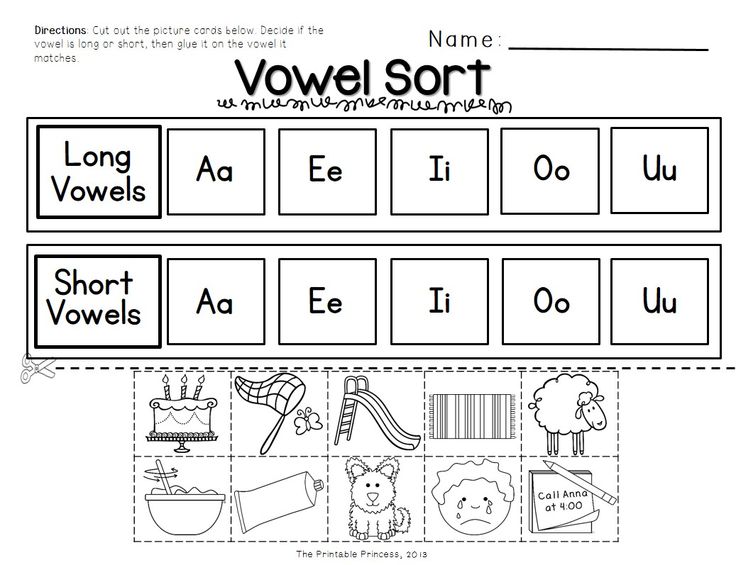 It is important to understand that long and short sounds have other differences, which consist in articulatory features. This means that the sounds are not just of different lengths, they are also different in sound. And most often it is these articulatory features that determine the length of the vowel sound: the duration of the sound depends on the position of the tongue and the tension of the vocal apparatus. nine0003
It is important to understand that long and short sounds have other differences, which consist in articulatory features. This means that the sounds are not just of different lengths, they are also different in sound. And most often it is these articulatory features that determine the length of the vowel sound: the duration of the sound depends on the position of the tongue and the tension of the vocal apparatus. nine0003
Long and short English vowels differ in such a characteristic as tension. Long vowels are tense, in English they are also called tense . When they are pronounced, the root of the tongue seems to be tense, under tension. The sound is pronounced, bright, rich, clear.
Short vowels are called lax – relaxed. The tongue in the region of the root is relaxed, the vowel sound is articulated quickly, easily, without additional effort, as if bursting. It turns out short, inconspicuous, faded and fuzzy. nine0003
Qualitative differences in sounds in different pairs of English vowels range from pronounced to almost imperceptible.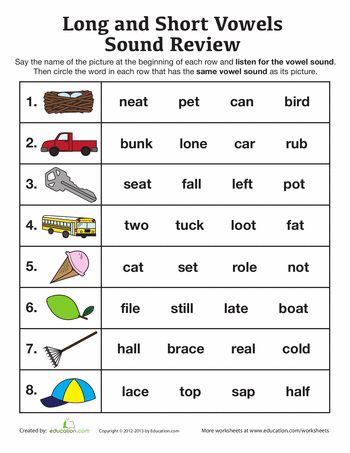 It is easy to notice the difference between long and short sounds a: pay attention to how the words cart and cut are pronounced, they differ not only in duration, but also in sound. But the differences between long and short u are almost imperceptible: pool and pull sound very similar, only slightly different in length. The Scots generally pronounce them the same way, differing only in context. nine0003
It is easy to notice the difference between long and short sounds a: pay attention to how the words cart and cut are pronounced, they differ not only in duration, but also in sound. But the differences between long and short u are almost imperceptible: pool and pull sound very similar, only slightly different in length. The Scots generally pronounce them the same way, differing only in context. nine0003
In addition, the duration of the pronunciation of vowels is also affected by positional longitude - for example, stressed or unstressed position in a word. As a result, a short vowel sound in one word may sound longer than a long sound in another word.
Thus, it is not enough to rely only on the subjective duration of a vowel sound. All the features of short and long vowels described above must be taken into account when learning English. It remains to understand how to master the pronunciation of long and short sounds in practice. nine0003
nine0003
How to learn to pronounce long and short English vowels
The main mistake foreigners make when pronouncing long and short English sounds is focusing only on duration. But with this approach, it is intuitively incomprehensible where the boundary between a long and a short sound passes: you can’t measure the length of a sound with a stopwatch. When trying to artificially lengthen or shorten a vowel, the sounds are unnaturally short or drawn out. nine0003
To learn how to pronounce long and short English sounds, you need to forget about the usual terminology "long" and "short". Try not to think about the duration of the sound at all. To correctly pronounce long and short vowels, you need to focus on their articulation, and not on duration. If we correctly reproduce the pronunciation of the vowel, then the duration will turn out to be correct automatically. Remember that long vowels require more tension at the root of the tongue, while short ones are pronounced without additional effort, easily and without tension.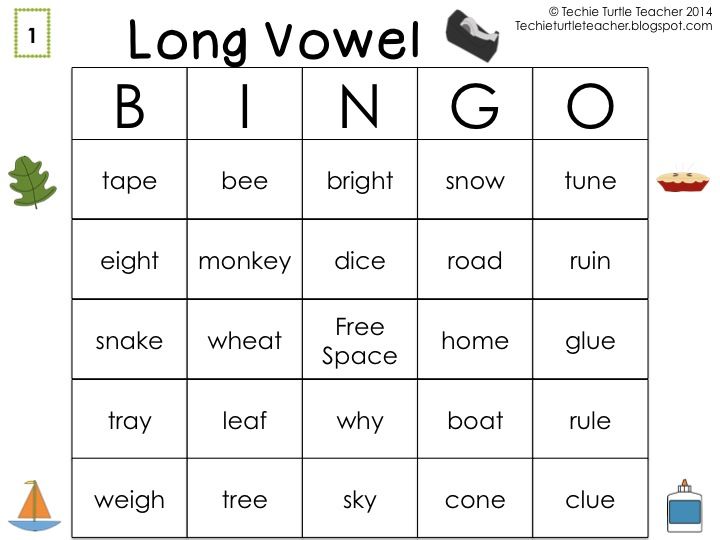 nine0003
nine0003
Pay attention to how native speakers pronounce vowels - don't watch how long they draw them out, but watch the pronunciation, the articulation, the quality of the sound. Repeat, imitate, practice. For practice, it is best to use video lessons or a conversation with a native speaker, since audio materials do not make it possible to see articulation.
It is best to train long and short sounds not separately, but as part of words. First, this way you will note the influence of positional longitude on the duration of the sound in specific examples. Secondly, just as words are best learned in context, sounds are also best learned in the environment. nine0003
Practice pronunciation of long and short vowels in pairs of words to notice the difference between sounds, for example:
- Sport – hot
- Arm-cut
- See-hit
- Food-put
- Fur – ago
When you learn how to pronounce long and short vowels correctly in English, it will become easy to distinguish between them in speech.